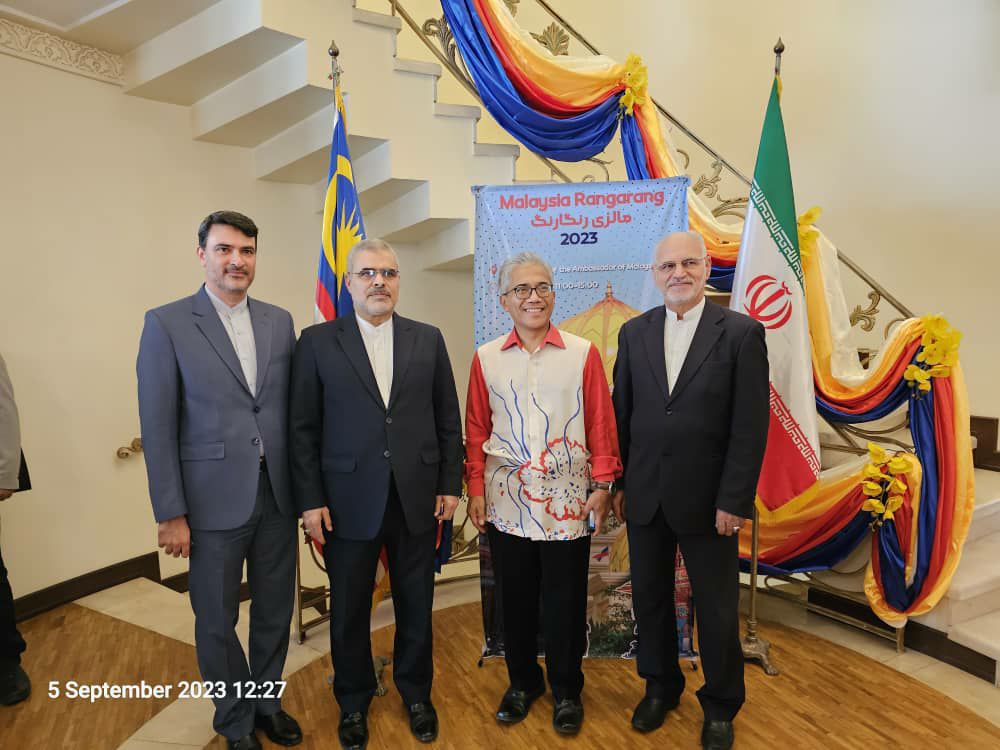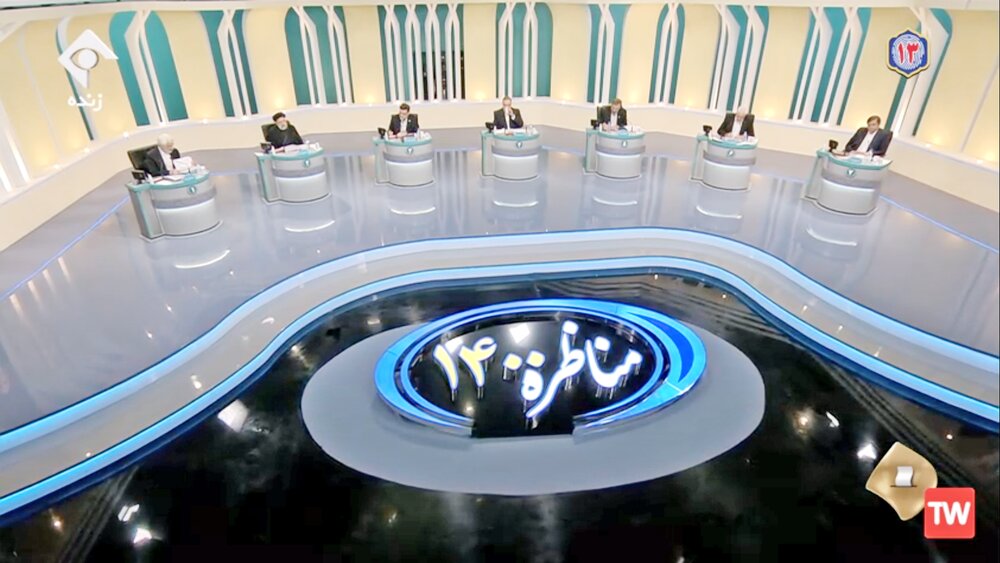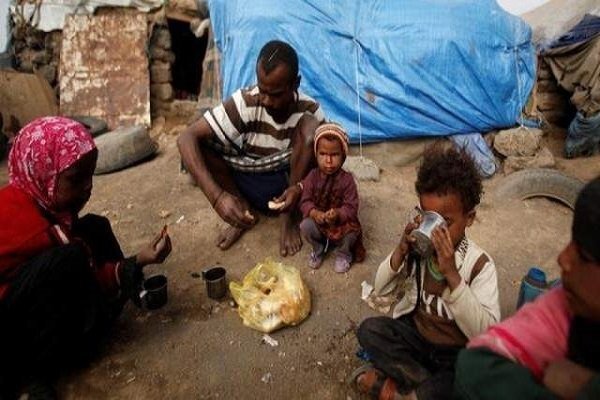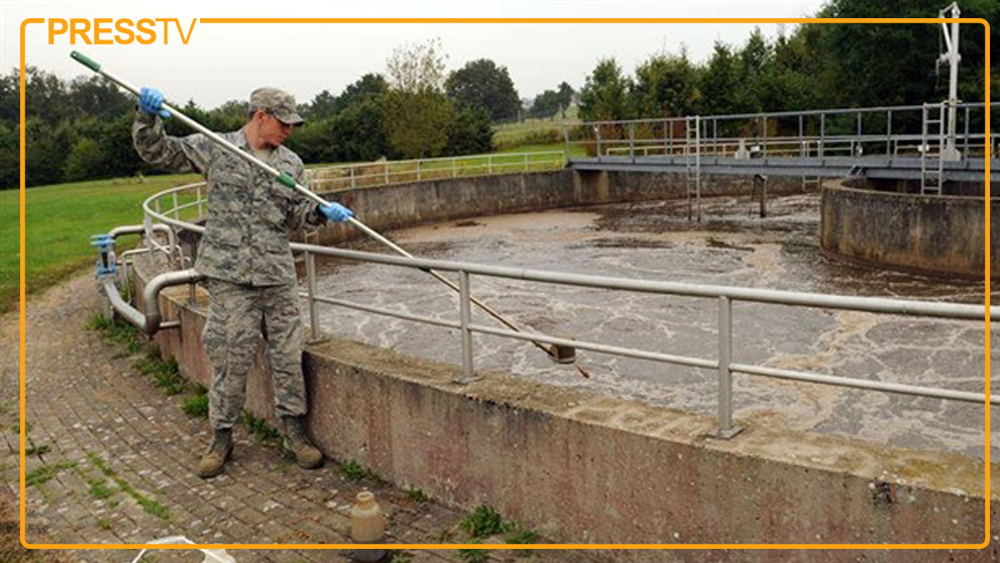State-Controlled Economy Is Iran’s Biggest Economic Challenge
TEHRAN (Iran News) Speaking at the “Market-Oriented” seminar held alongside the first INOX-FINEX exhibition in Mashhad, Ghaninejad said, “In the current climate, Iranian producers are facing major hurdles because prices must be set by regulators. At the same time, they struggle to secure financing from banks due to interest rates and deposit rates being dictated by the government.”
He likened the financial sector to the nervous system of the economy, explaining, “If the physiology of Iran’s economy is dysfunctional, improving its ‘neurology’ won’t resolve anything.”
According to Ghaninejad, economic issues must be addressed within their proper framework. He warned that excessive financialization leads to price bubbles, destabilizing the market.
Reflecting on the early 2000s, he pointed to the relative success of private banks during that period, attributing their performance to a lack of price-setting regulations. However, he noted that with the onset of state-imposed pricing in 2005, the banking system began experiencing persistent problems that continue today.
He also identified credit institutions as a key driver of inflation, adding, “Wherever the government makes poor policy decisions, corruption and resource misallocation inevitably follow.”
On the topic of Iran-U.S. nuclear negotiations, Ghaninejad emphasized that even if a deal is reached, without broader economic reforms and liberalization, issues like investment uncertainty and poor economic predictability will remain unresolved.
He concluded by calling for a comprehensive release of the economy from state domination and excessive regulatory control.
In the same seminar, economist Farhad Nili provided a mid-term outlook on Iran’s macroeconomic future, cautioning that even domestic economic reforms could fall short if not supported by long-term planning. “Without a strategic vision, the main casualty of reform will be economic growth,” he said.
Nili stressed the importance of political capital in carrying out successful reforms. “Reform leaders need enough political backing to implement short-term measures and stay the course in pursuit of long-term goals,” he said.
He acknowledged that any potential agreement between Iran and the United States would come with restrictions. “If we fail to use the external environment as a platform for economic planning and consensus-building, we’ll lose the only driver of meaningful reform,” he warned.
According to Nili, the potential Iran-U.S. deal would likely allow the sale of only 1.7 million barrels of oil per day, a limit that falls short of providing transformative change. “Domestic reports about these negotiations suggest minimal change in outcomes, even in the event of a deal. Long-term economic gains remain elusive,” he added.
He argued that Iran needs more internal coordination than external negotiation. “The Foreign Ministry should be negotiating with the Ministry of Economy—because without domestic agreement and coherent policy, reform efforts may fail. We cannot place the entire future of Iran’s economy on foreign relations alone.”
Nili concluded, “What will improve our situation is real economic growth—lower interest rates, healthier businesses, less currency shock, and a shift from an unstable to a stable economic environment. Inflation must come down, and investors need to believe in a predictable future.”
- source : IRAN NEWS ECONOMIC DESK






























